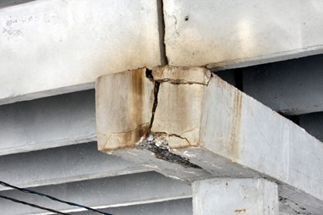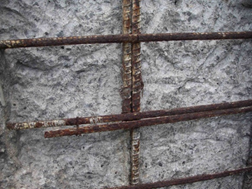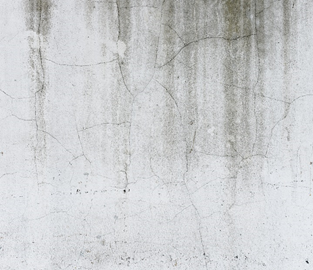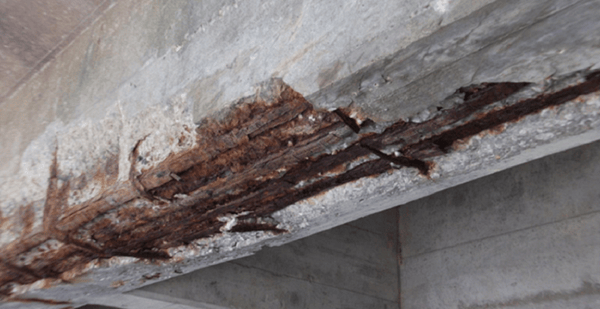Article last updated on 9/25/2019.
The first use of modern concrete in bridges was in the late 1800’s with the construction of the Alvord Lake Bridge in San Francisco in 1889. Nearly 130 years later, the vast majority of bridges worldwide are constructed of structural concrete. The average lifespan of a bridge ranges between 50-70 years. Many factors can influence that life span, however poor concrete practices and low-quality materials can cut those lifespans by decades. Scientists and engineers have spent decades studying the factors which determine the durability of concrete with the goal of creating long lasting concrete for use in structures today.
FACTORS TO CONSIDER
One of the main factors in concrete technology is permeability, the ability of concrete to resist water and chemical migration. Migration of salts, chlorides, sea water, and other aggressive chemicals can cause deterioration and cracking in concrete. Concrete must be impermeable to migration and possess both Physical Durability and Chemical Durability.

Photo Credit: Helpiks
Physical Durability
The ability of concrete to resist environmental conditions is its physical durability. Concrete tends to crack when there’s a change in volume, for example due to temperature changes or when concrete is restrained from those volume changes.
- Abrasion: Abrasion resistance is defined as the ability of a surface to resist being worn away by rubbing or friction. It is affected by the exposure conditions, concrete strength, aggregate properties, cementitious materials, curing methods and surface finish. At its’ worst case, abrasion can completely wear away concrete from structural elements. In the case of reinforced concrete, abrasion reduces concrete cover to the reinforcing steel (rebar) which can lead to corrosion (and thus weakening of rebar) as water and chlorides make their way down to the reinforcing steel.

Photo Credit: Jenike
- Freezing and Thawing: Concrete that is exposed to elements in northern climates must be resistant to the effects of freeze-thaw cycles. Ice takes up more volume than water, which causes microfractures in concrete to open up and become cracks. The addition of de-icing chemicals in snowy environments only worsen the cracking in concrete when chlorides are introduced. Air-entrainment improves the physical durability of concrete by providing microscopic air pockets to relieve internal pressure and provide tiny chambers for water to expand into when it freezes.
- Rain and Humidity: Moisture and environmental conditions affect the pH levels of concrete, known as carbonation. Carbonation does not damage the concrete directly, but the formation of calcium carbonate leads to a loss of the alkaline concrete environment for rebars. This enables reinforcing steel corrosion, which causes serious damage to the structure.

Chemical Durability
- Alkali-Silica Reaction (ASR): ASR is an expansive reaction between chemicals contained in concrete mixes where silica in aggregates reacts with potassium and sodium alkalis in cement paste. When this reaction occurs it may produce expansion which results in the development of network of cracks, spalling of joints, and movement of certain portions of a structure.
- Chemicals: Concrete is resistant to most natural environments and many chemicals. Some chemicals, however, can attack concrete and cause deterioration. Concrete with low permeability is more resistant to chemicals.
- Chloride and Steel: Chlorides in de-icing chemicals can make its way down to the reinforcing steel. Chemical reactions between the chlorides and the steel initiates the corrosion process which can create significant damage to structural concrete. Deck overlays, surface treatments, and especially coating reinforcing steel can help protect bridge concrete from corrosion due to chlorides.
- Sulfates: Sulfates in water and soil can attack concrete and cause damage. Sulfates react to compounds in hardened concrete which can create pressure eventually leading to disintegration. Concrete used in heavy sulfate environments must be specially formulated to resist their effects.

Photo Credit: Bridgehunter
ACHIEVING STRUCTURAL INTEGRITY WITH UHPC
Concrete must be formulated and mixed to withstand the various conditions it is exposed to. Durability is a function of numerous factors including the mix design, placement and curing methods, and concrete element design. The goal is to prevent or minimize cracking. Existing structures that are beginning to show deterioration can be retrofit in many cases to restore them to integrity and add years to their life. Concrete deck overlays, particularly UHPC overlay, extend concrete durability and the lifespan of bridge decks and structures. At UHPC Solutions, we use restorative and strengthening UHPC-layers to restore the structural capacity of concrete bridge decks. If you’re looking for a durable and cost-effective solution for bridge rehabilitation projects, reach out today and find out how we can help.


